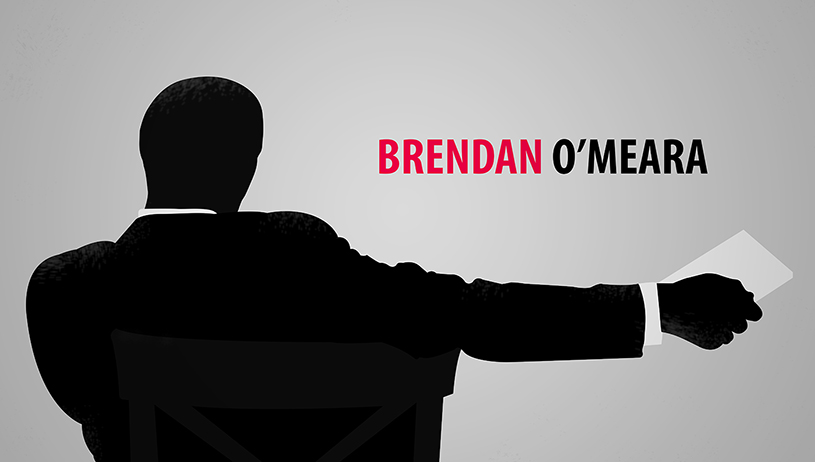Listening to the run up to the Oscars, what was the main thing you heard about Richard Linklater’s Boyhood? It wasn’t how great a movie it was or how powerful the performances were. It was This movie took twelve years to make!
The marketing machine behind this movie was brilliant. I haven’t seen Boyhood yet (I will), but the true brilliance of this movie is the story behind the story. The actors and filmmakers committed a few months every year for twelve years to make the film.
This story behind the story was more powerful than the story itself.
So what’s the lesson? As I see it, make your process as transparent as possible and make the making of your art part of the narrative. Blogs are perfect for this. Show Your Work, as Austin Kleon would say.
Part of Boyhood’s appeal was this notion of backstory. Whether it was intentional or not from the outset is unknown, but once it became part of the movie’s machinery, it was this unbelievable talking point that made the movie irresistible to viewers because people kept saying, “Can you believe this movie took twelve years to make?”
This backstory was even more powerful than the actual movie. A Google search for “boyhood took 12 years to make” yields over 4 million hits.
Blog about your book. Take pictures. Make little confession movies. Make a mini documentary about your project. Pretend someone is interviewing you and answer questions. Create a story about the story and people will read the story you want to sell.
